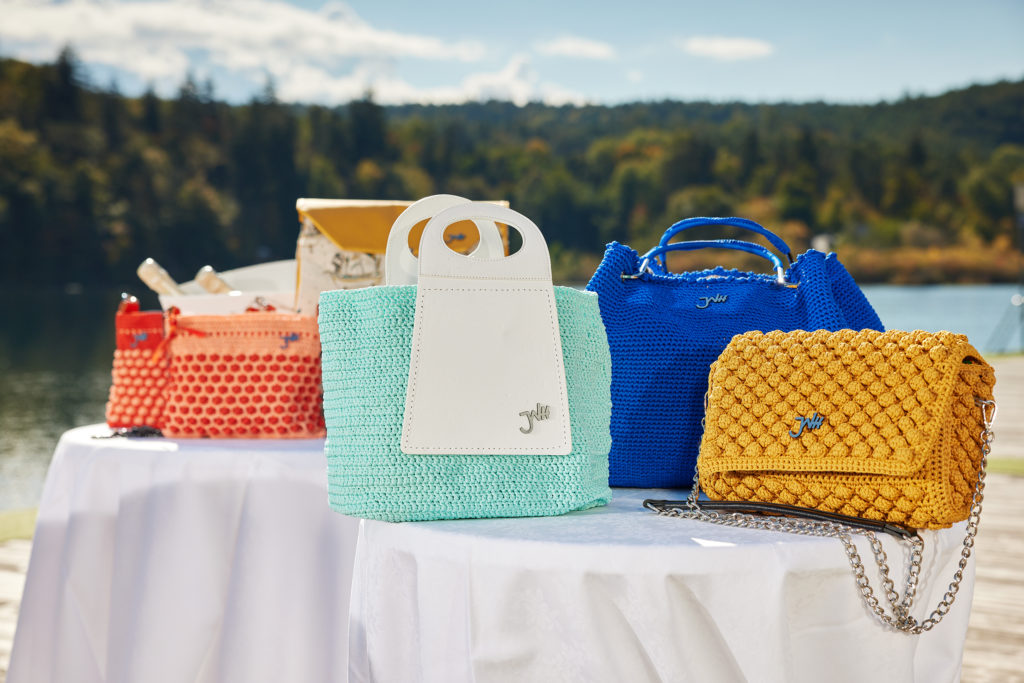No products in the cart.

Fashion is the area of consumption that is most recognised for its role in conveying information about the consumer’s personality and his role in the social group to which he belongs or with which he identifies.
This need for individualism is an innate element of man, from which derives the search for differentiation and uniqueness, through the purchase of unique handcrafted products .
It represents a very powerful emotional driver of demand, influencing the way in which it perceives products and the consequent purchasing behavior: for this reason the personalization of the consumer experience is at the basis of the growing trend of some brands to create unique products , free from the rules of large-scale industrial production.
Offering a unique product with a great perceived value makes the experience of buying and using the product exclusive and satisfying for the contemporary consumer.
Today, more and more consumers consciously seek out products that will no longer be available after a short period on the market.
In fact, the diffusion of clothing and accessory collections destined to disappear quickly from shop windows and atelier shelves is a phenomenon that has existed for many years.
Just think of the cruise/resort collections, usually released by the most authoritative fashion houses to meet the needs of the most prestigious clienteleduring winter holidays spent in warm, exotic places.
This niche of the fashion market has made transience an intrinsic quality: in most cases, the life cycle of these products runs out in the time of the cruise/holiday.
However, the current trend of some brands goes beyond this concept of seasonality, focusing on the creation of unique productsthat, even if no longer on the market, do not quickly go out of fashion.
Since the 1980s, the fast fashion system has led the mass stores of various fashion companies to renew their offerings on a more than monthly basis.
Of course, the production and business model required to offer such a rapid turnover and such a wide choice to satisfy all palates (and all pockets) at the same time forces us to give up the unicity of the products in the catalogue.
As a result, an increasing number of brands have distanced themselves from this low-cost approach that favours production over product.
The philosophy behind this choice is to invest in the realisation of special collections, offering a limited range of exclusive articles, designed and manufactured with attention to every detail.
The most representative examples of this trend can be seen in the increasing success of unique handcrafted products, which appeal to a demanding and discerning clientele, attentive to the entire context within which the purchasing process takes place.
The saturation of the market and the levelling off of supply generated by the spread of the mass production model constantly stimulate the demand for differentiation.
Today, it is not only the most informed and demanding consumers who are looking for products that carry meanings and identity values and express uniqueness: it is the world of fashion that is anticipating a trend that will affect more and more areas of the market, involving a greater number of conscious buyers.